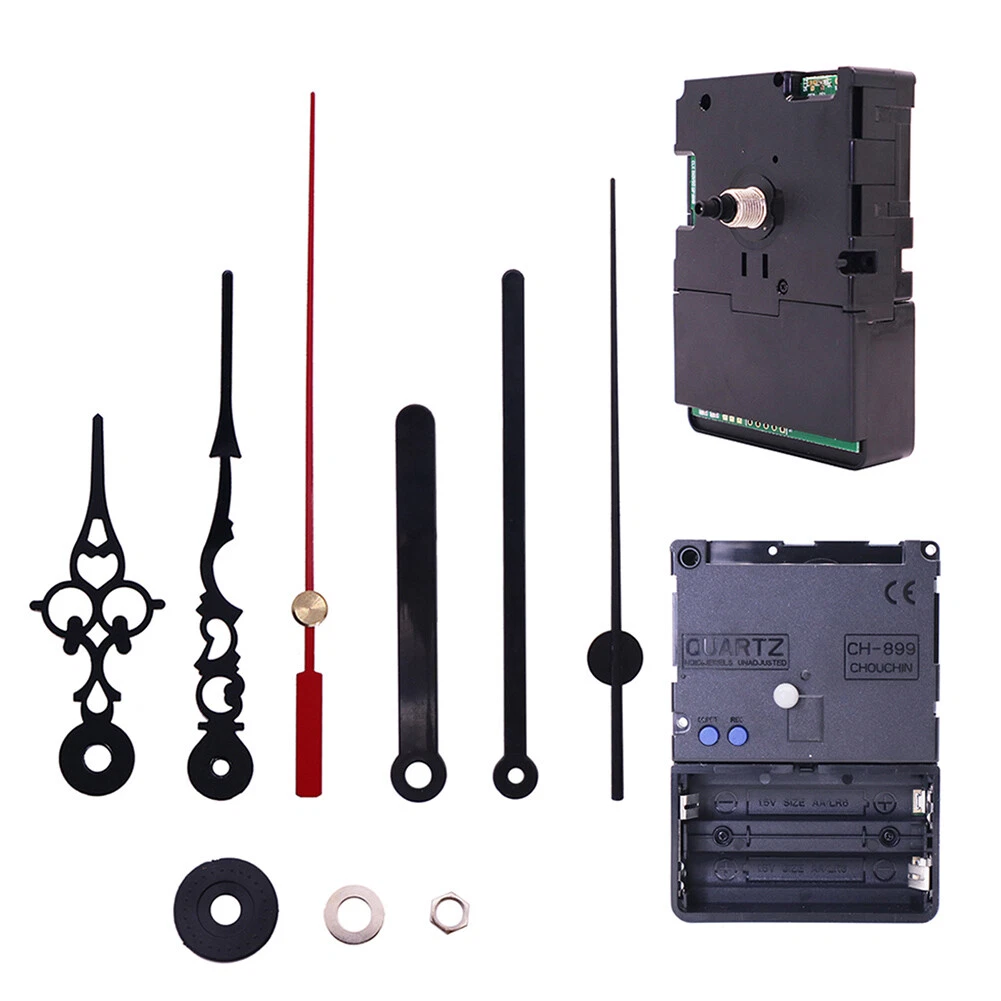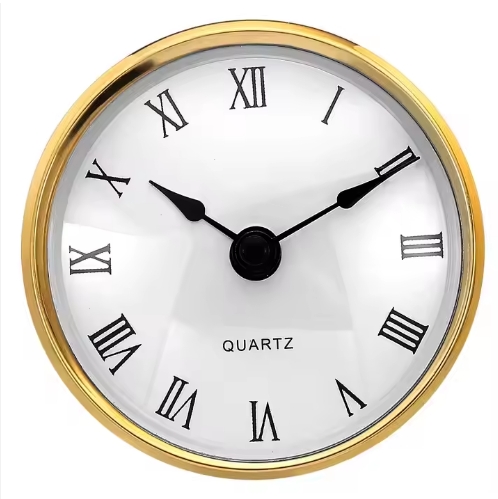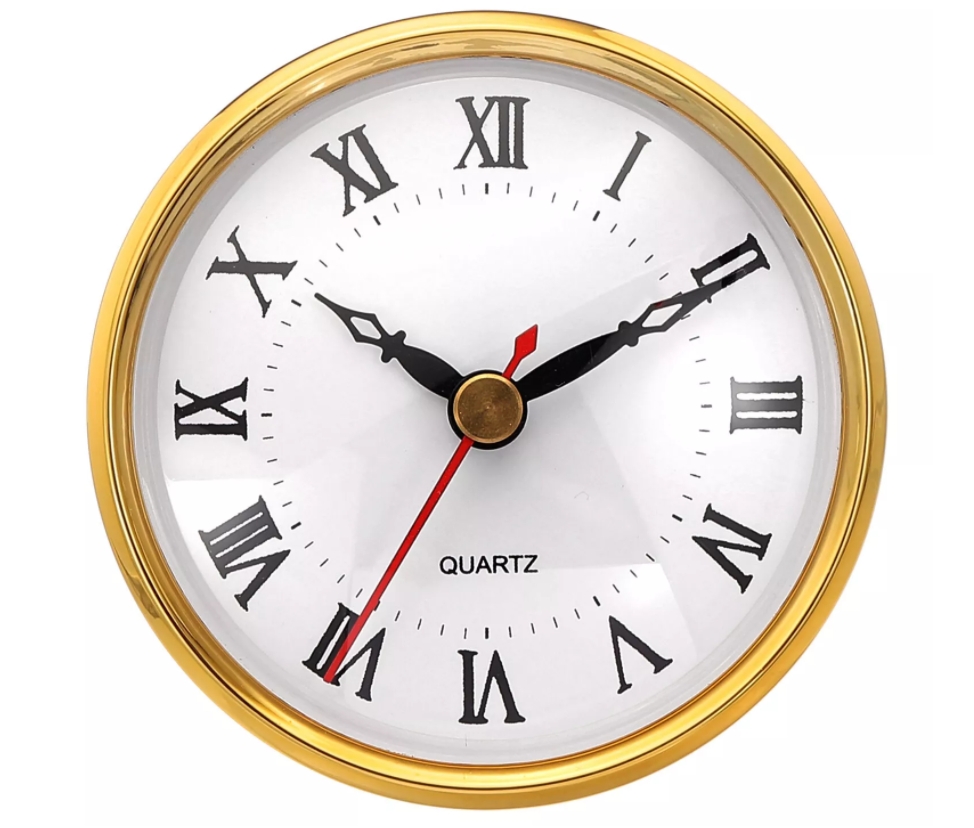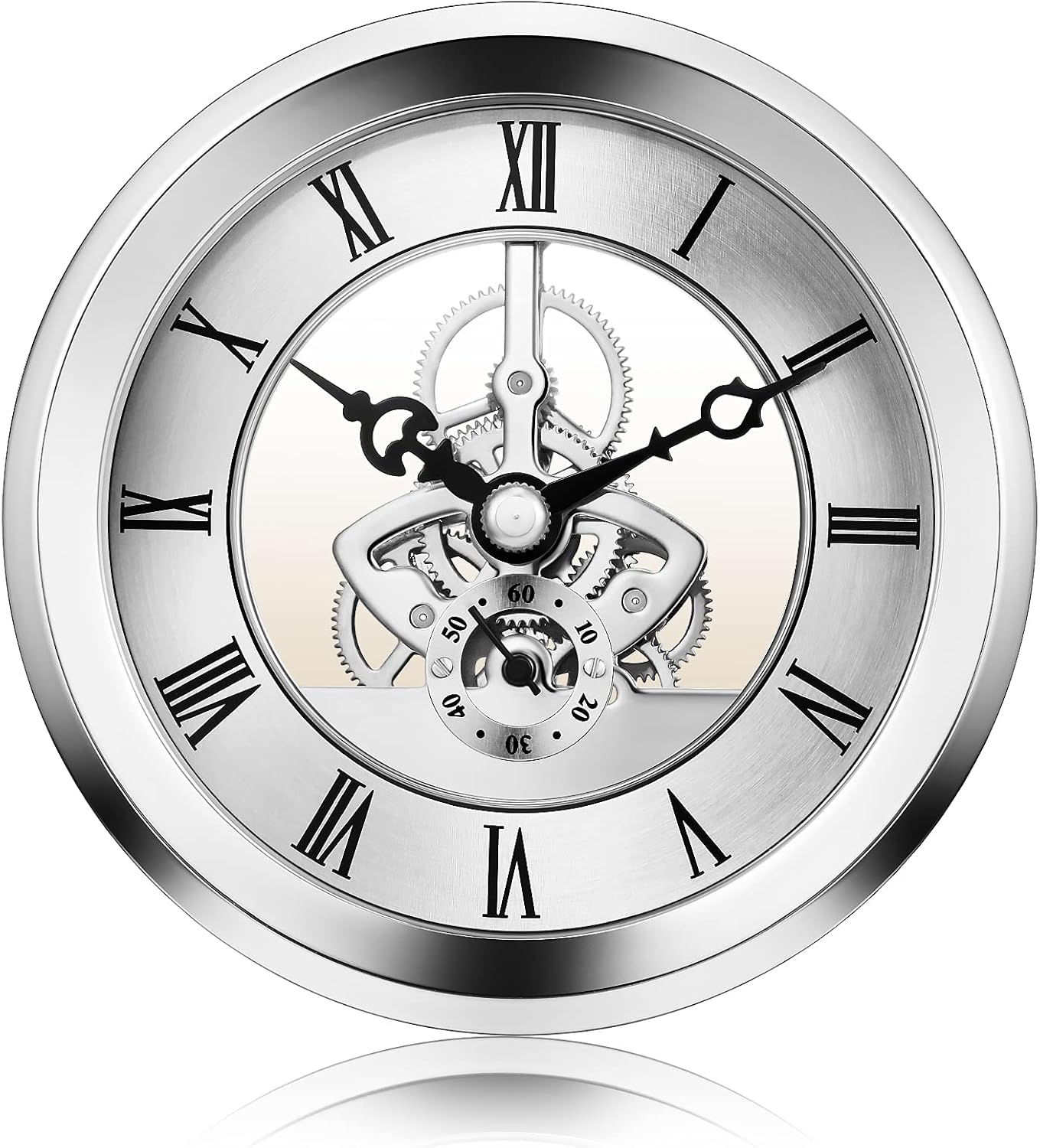



After 1630, before the swinging pendulum was invented, lantern clocks were used to keep time. These clocks were originally made to hang from a sturdy hook on the wall by means of an iron hoop at the back of the clock. Being weight-driven, lantern clocks would have one or two weights hung on ropes through holes in the bottom of the clock and were held in place either by spikes protruding from the bottom of the backplate or the back feet.
Another option was to place the clocks on an oak wall bracket. These clocks were not expected to be accurate timekeepers and only marked time in units of a quarter of an hour, registered by a single hand. This weight-driven clock became popular for the home use of the very wealthy. Then came the swinging pendulum in 1656 and a more accurate clock “was born.”

The movements of this very early clock were mounted high above the floor because they required long pendulums and large cast-iron descending weights. This simple mechanical works with a face and hands was referred to as “wags on the wall.” Wooden cases were originally used to hide the unsightly weights and cast-iron pendulums as well as to protect the weights and pulleys from dust and from interfering children or animals.
- Sweep clock movement
- Clock hands
- High torque clock movement
- Skeleton clock movement
- Radio controlled clocks
- Pendulum clock movement
- 24 hours clock movement
- Tide clock movement
- DIY clock movement
- Round clock movement
- Quartz clock movement
- Clock inserts
- Watch inserts
- Clock parts
- Clock dials
- Wall clocks
- Plastic clock movements
- Toy clock movements
- Hook clock movement
- Alarm clock
- Clock movement
- Movements package
- Clock hands catalog



Sitemap Admin Powered by: hkwww.cn
Tel: 86-769-85532891 E-mail: talent@hengrongclock.com.cn http://www.clockmovements.cn
Keywords: clock movement, clock parts, clock hands, clock mechanism, clock accessories, cuckoo clock, alarm clock, insert clock













